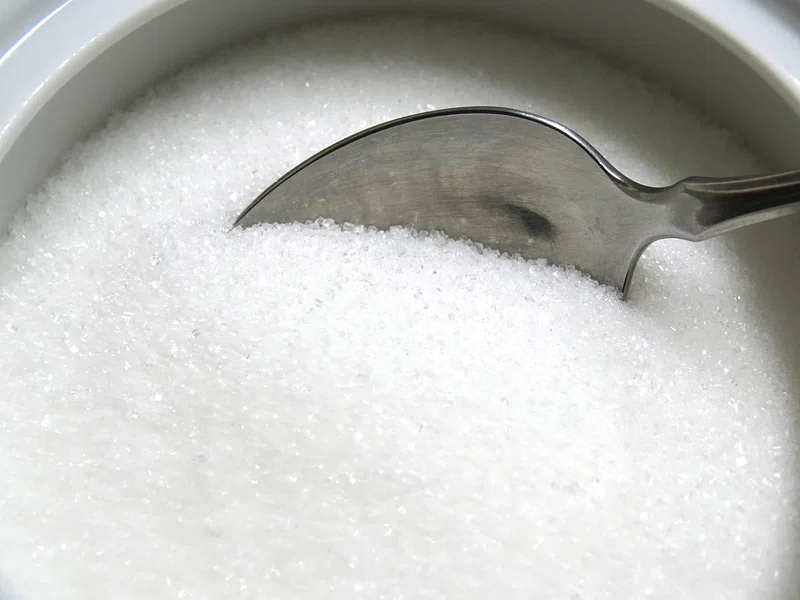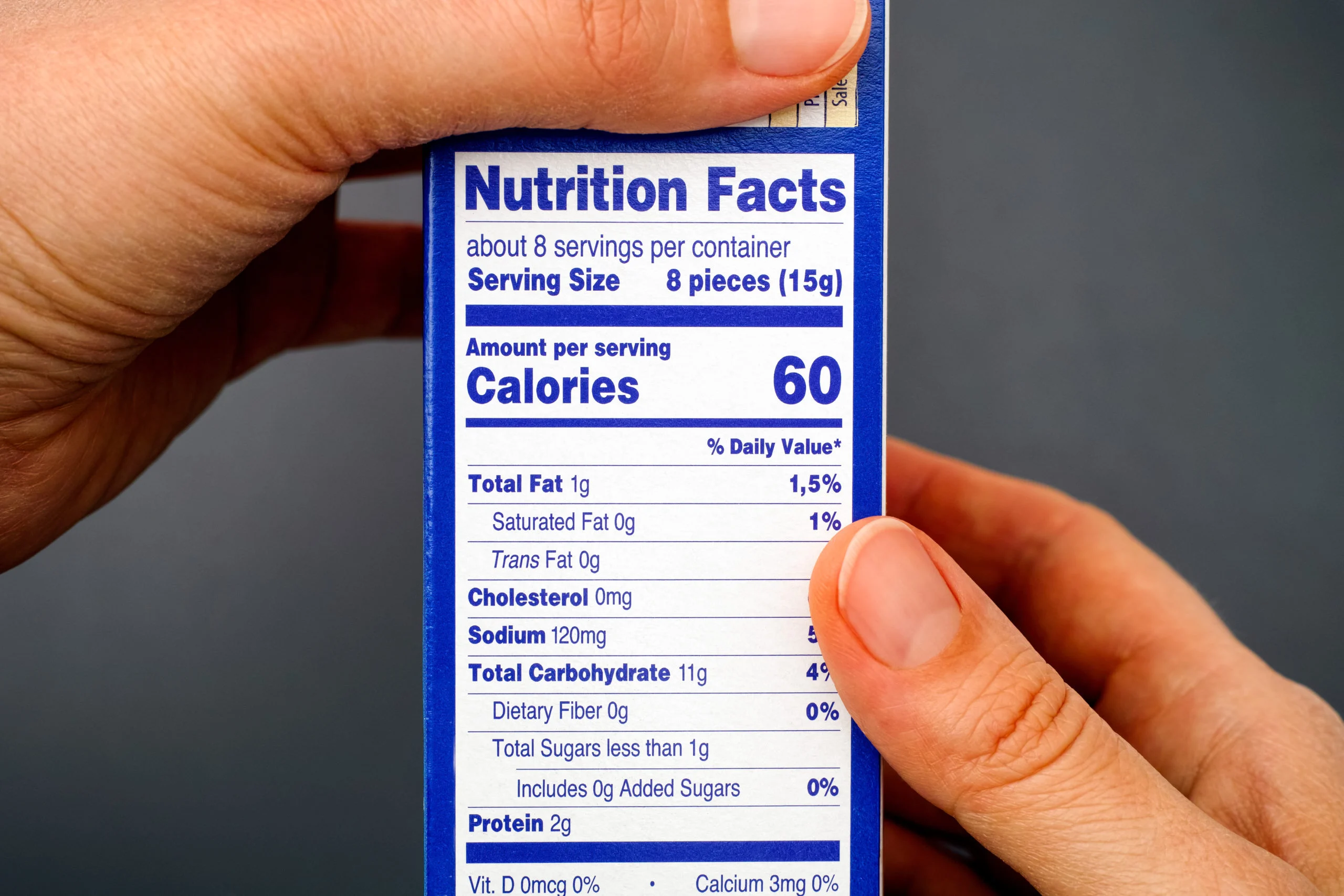Sugar is everywhere — in the obvious places (soda, candy, cookies) and in sneaky places (bread, pasta sauce, salad dressing). If you’re worried about your health, weight, energy, or long-term disease risk, you’re not alone. This comprehensive, science-informed guide explains how much sugar is too much, why it matters, and practical steps you can use today to lower your intake without feeling deprived. The tone here is empathetic, reassuring, and practical — because small changes add up.
Quick snapshot (what you’ll learn)
- How health authorities measure “too much” sugar and the daily limits you can actually use. World Health Organization+1
- The difference between natural, added, and free sugars — and why it matters. CDC
- Real health risks backed by university-led and peer-reviewed research. Harvard Public Health+1
- A practical 10-step plan to cut sugar today (no willpower marathon required).
- A table showing sugar in common foods so you can compare at a glance.
- FAQs that answer the specific questions readers type into search engines.
What experts recommend: daily sugar limits you can actually use
Public health organizations measure sugar several ways (added sugars, free sugars, total sugars). The key practical numbers to remember:
- World Health Organization (WHO): aim for less than 10% of total daily energy from free sugars; a further reduction to below 5% (~25 g or ~6 teaspoons on a 2,000-calorie diet) gives extra health benefits. World Health Organization+1
- American Heart Association (AHA): recommends no more than ~6 teaspoons (≈25 g) added sugar per day for most women, and ~9 teaspoons (≈37.5 g) for most men. www.heart.org
- U.S. Dietary Guidelines / CDC: advise less than 10% of calories from added sugars for people aged 2 and older (e.g., 200 calories = ~50 g on a 2,000-calorie diet); infants under 2 should avoid added sugars. CDC+1
Why the range? Different organizations use slightly different definitions (free vs. added sugars) and safety margins — but the consistent message is “less is better.”
Sugar 101: free vs. added vs. natural sugar (simple, practical definitions)
- Natural sugars — found in whole foods such as fruits, vegetables, and milk. These come with fiber, water, vitamins and minerals that slow absorption and improve nutrition.
- Added sugars — sugars added during processing or preparation (e.g., table sugar, high-fructose corn syrup added to soda, pastries, sauces).
- Free sugars — includes added sugars and sugars in honey, syrups, and fruit juices (per WHO). Free sugars are the biggest public-health concern. World Health Organization+1
The science: how excess sugar affects the body (university-backed findings)
- Weight gain and appetite dysregulation
Sugar-sweetened beverages (SSBs) are strongly linked to weight gain because liquid calories don’t trigger fullness the way solid foods do. Large cohort studies and meta-analyses—summarized by university researchers—show consistent associations with obesity and metabolic risk. PubMed+1 - Type 2 diabetes and metabolic disease
Excess intake of added sugars — especially from SSBs — raises the risk of insulin resistance and type 2 diabetes independent of body weight in many studies. Reviews in major journals and university-led cohorts have reported dose-response trends. PubMed+1 - Heart disease and premature mortality
Higher consumption of sugar-sweetened beverages and diets high in added sugars are associated with increased cardiovascular disease (CVD) risk and mortality. Harvard School of Public Health and other research groups have reported higher CVD risk even after adjusting for exercise. Harvard Public Health+1 - Liver (NAFLD) and fructose-specific damage
Fructose — a component of table sugar (sucrose) and HFCS — is metabolized differently than glucose. University research (UCSF, UC San Diego, and many peer-reviewed reviews) links high fructose intake to nonalcoholic fatty liver disease (NAFLD), increased liver fat, and gut barrier changes that can worsen liver inflammation. Whole-fruit fructose is less problematic because fiber slows absorption. SugarScience.UCSF.edu+2UC San Diego Today+2 - Dental cavities and oral health
The scientific consensus is clear: free sugars promote dental caries (cavities). Reducing free sugar intake substantially lowers risk. World Health Organization
Bottom line from the evidence: Sugar (especially free/added sugar and sugary drinks) is not harmless. Replacing liquid and processed sugar sources is one of the most impactful dietary changes for population health. PubMed+1
Real-world sugar math: how much sugar is in everyday items?
Below is a quick reference comparing common foods and drinks — grams of sugar and teaspoons (1 teaspoon ≈ 4 g sugar). Use this when shopping or eyeballing portions.
| Food / Drink | Serving size | Sugar (g) | Teaspoons (approx.) |
|---|---|---|---|
| Can of regular soda | 12 fl oz (355 ml) | 39 g | ~9.7 tsp |
| Store-bought fruit smoothie | 16 fl oz | 45–60 g (varies) | ~11–15 tsp |
| Sweetened yogurt | 6 oz (170 g) | 15–25 g | ~3.8–6.3 tsp |
| Chocolate bar (milk) | 1.7 oz (48 g) | 24–30 g | ~6–7.5 tsp |
| White bread slice | 1 slice | 1–2 g | ~0.25–0.5 tsp |
| Ketchup | 1 tbsp | 4 g | ~1 tsp |
| Apple (whole) | Medium | 19 g (natural) | ~4.8 tsp |
| Orange juice | 8 fl oz | 21–24 g (free sugar) | ~5–6 tsp |
| Granola (sweetened) | 1 cup | 20–30 g | ~5–7.5 tsp |
(Values are approximate — always check labels for exact grams on packaged foods; many products hide sugar under different names like maltose, dextrose, cane juice, etc.) U.S. Food and Drug Administration+1
7 signs you might be eating too much sugar (search-friendly listicle)
- Frequent energy crashes after meals or afternoon slump.
- Cravings for sweets that persist even after eating.
- Weight gain around the midsection despite calorie monitoring.
- Regular consumption of sugary beverages (soda, sweet coffee drinks, fruit juices).
- Dental issues like cavities or heightened sensitivity.
- Elevated triglycerides or liver enzymes on blood tests.
- Difficulty losing weight despite healthy efforts.
If you notice multiple signs, a targeted sugar reduction experiment for 2–4 weeks can be informative — track sleep, mood, energy, and a few biometric markers if available (weight, waist, basic blood panel).
10 practical, painless ways to cut sugar starting today
- Drop or shrink sugary drinks first. Replace soda and sweetened coffee with water, sparkling water, or unsweetened tea. Cutting one 12-oz soda per day saves ~39 g sugar. CDC
- Swap fruit juice for whole fruit. Juice is free sugar—choose whole fruit for fiber and slower sugar absorption. World Health Organization
- Read labels and learn sugar synonyms. Look for added sugars on the Nutrition Facts panel; learn names like sucrose, maltose, dextrose, HFCS, agave nectar, and cane juice solids. U.S. Food and Drug Administration
- Choose plain yogurt and sweeten with berries if needed. You’ll cut added sugar and gain protein.
- Use a spoonful less sugar in recipes. Most recipes tolerate 25–50% less sugar without noticeable loss.
- Pick whole grain, low-sugar cereals; avoid children’s cereals marketed as “fun.”
- Swap candy for small portions of dark chocolate (≥70%) — less sugar and more satiety.
- Make sauces at home (tomato sauce, BBQ sauce) so you control the sugar.
- When dining out, ask for sauces/dressings on the side and skip dessert or share one.
- Plan sweets as intentional treats. Give them a place rather than grazing all day — this reduces impulse overconsumption.
A short science explainer: why fructose behaves differently in your body (university research summary)
Fructose and glucose are the two most common simple sugars. Unlike glucose, which most body tissues can use directly, fructose is mainly metabolized in the liver. High doses of fructose can overwhelm liver metabolism, promoting de novo lipogenesis (conversion of sugar into fat), increasing triglycerides, and contributing to fatty liver. University studies (UCSF, UC San Diego, and others) have shown that excessive intake of fructose-rich foods and beverages is linked to increased hepatic fat and worse liver inflammation — especially when coming from sugary drinks and processed foods. Whole fruit is less problematic because fiber and portion size blunt the liver’s fructose load. PMC+2SugarScience.UCSF.edu+2
Sugar and special situations (what to know)
- Children: Avoid added sugars for babies under 2; limit sugar for older kids. Early taste preferences form quickly. CDC
- Diabetes: Total carbohydrate and portion control matter; replacing SSBs with water can meaningfully reduce glucose swings and long-term risk. Work with a clinician for individualized targets. PubMed
- Athletes: Carbohydrate timing matters for performance — sugars in sports drinks sometimes have a role during long endurance events — but are not needed for everyday training sessions.
- Pregnancy: Aim for limits consistent with public-health guidelines; extreme excess sugar increases gestational diabetes risk. Consult your obstetrician for personalized advice.
Table: quick action checklist (printable)
| Action | Time to do | Impact |
|---|---|---|
| Replace soda with sparkling water | Today | Very high |
| Swap juice for whole fruit | This week | High |
| Choose plain yogurt + fruit | This week | Medium |
| Read labels for ‘added sugar’ | Next grocery trip | High |
| Cook tomato sauce at home | Next week | Medium |
| Reduce dessert portions / share | From tonight | Medium |
Commonly asked questions (FAQs)
Q: Is fruit sugar harmful?
A: Whole fruit contains natural sugars but also fiber, vitamins, and water — which slow sugar absorption and add nutritional value. Whole fruit is not the main target of public-health sugar limits; fruit juice and concentrated fruit products are. World Health Organization
Q: Is honey or agave healthier than table sugar?
A: These are still free/added sugars. They may contain trace minerals but calorie- and sugar-for-sugar they act similarly in the body. Use sparingly. World Health Organization
Q: What about artificial sweeteners — are they a safe replacement?
A: Evidence is mixed. Some studies associate high intake of artificial sweeteners with health risks, and they may not always help weight loss long-term. They can be useful short-term for switching from sugary drinks, but whole-food swaps (water, tea, carbonated water) are preferable. Discuss with your clinician if you have specific health issues. EatingWell+1
Q: Will cutting sugar improve my energy and mood?
A: Many people report fewer energy crashes, better sleep, and reduced cravings after reducing added sugars. Individual responses vary; improvements often appear within 1–4 weeks.
Q: How do I balance sugar when following a budget or feeding a family?
A: Focus on low-cost whole foods — beans, eggs, oats, seasonal whole fruit — and reduce packaged foods and sugary drinks. Buying plain staples and adding small amounts of fruit or a spoon of jam is often cheaper and healthier than pre-sweetened treats.
Evidence summary (most important research points with sources)
- WHO guideline: free sugars <10% of energy, ideally <5%. World Health Organization
- AHA: limit added sugars to ~25 g/day (women) and ~37.5 g/day (men) as practical upper bounds. www.heart.org
- CDC/Dietary Guidelines: less than 10% of calories from added sugars; labels now show added sugars to help shoppers. CDC+1
- Harvard and large cohort studies: sugary drinks increase CVD risk and early mortality; cutting SSBs reduces risk. Harvard Public Health+1
- University reviews (UCSF, UCSD, various PubMed reviews): excess fructose linked to NAFLD and metabolic dysfunction; whole fruit remains safe and healthy. SugarScience.UCSF.edu+2UC San Diego Today+2



